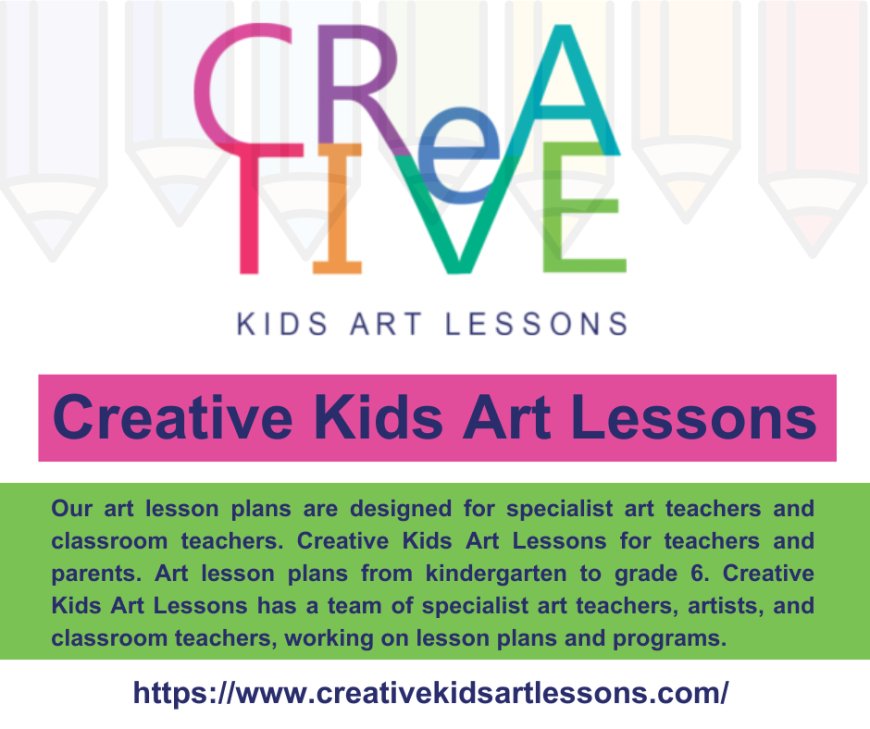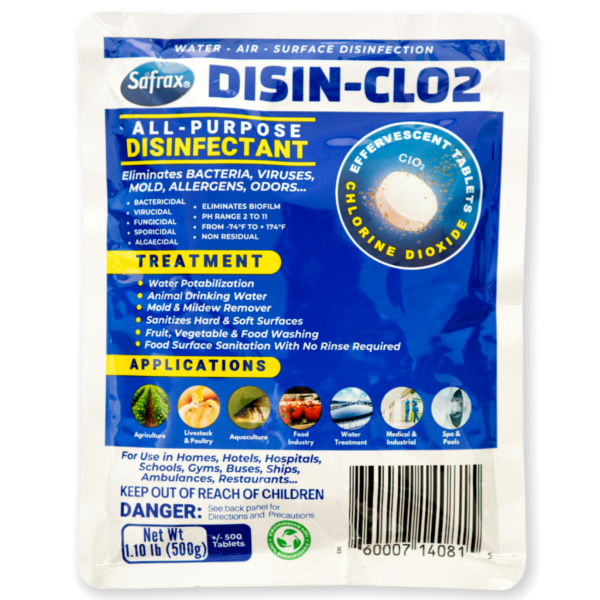Art Lesson Plan For Kindergarten: Engaging and Educational Activities

Introduction
Art education is a crucial part of early childhood development. It encourages creativity, enhances fine motor skills, and provides an outlet for emotional expression. Developing a well-structured art lesson plan for kindergarten can help young learners explore their artistic abilities while building a strong foundation for future learning.
Importance of Art Education in Kindergarten
Art education offers numerous benefits for young children. It promotes cognitive development by encouraging problem-solving and critical thinking. Engaging in art activities also helps children improve their fine motor skills, as they learn to manipulate various materials. Additionally, art provides a safe space for emotional expression, allowing children to process their feelings in a constructive way. By incorporating art into the kindergarten curriculum, teachers can create a stimulating and supportive learning environment.
Key Elements of a Successful Kindergarten Art Lesson Plan
To create an effective art lesson plan for kindergarten, it is important to include clear objectives, engaging activities, and appropriate assessment methods.
Clear Objectives
Defining specific learning goals helps guide the lesson and ensures that students gain valuable skills. Objectives might include recognizing primary colors, understanding basic shapes, or developing fine motor skills through hands-on activities.
Engaging Activities
Plan activities that are age-appropriate and captivating for young children. Use a variety of materials and techniques to keep the lessons interesting. Hands-on projects, such as painting, drawing, and crafting, allow children to explore different mediums and express their creativity.
Assessment Methods
Use formative and summative assessments to evaluate students' progress. Observations, checklists, and portfolios are effective ways to assess their development. Providing constructive feedback encourages improvement and boosts confidence.
Introduction
Begin by gathering the children in a circle. Introduce the primary colors (red, blue, and yellow) using colorful flashcards. Explain that these colors can be mixed to create new colors. Show examples of color mixing to capture their interest.
Activity 1: Color Mixing
Provide each child with a palette of red, blue, and yellow paint, a paintbrush, and a sheet of paper. Instruct them to mix the colors and discover new ones. Encourage them to paint freely, creating whatever comes to mind. This hands-on activity helps them understand color relationships and develop fine motor skills.
Activity 2: Shape Collage
Hand out pre-cut shapes in different colors and sizes along with glue sticks and large sheets of paper. Explain the different shapes and their characteristics. Instruct the children to create a collage by gluing the shapes onto the paper, forming a picture or pattern. This activity enhances their understanding of shapes and how they can be used in art.
Conclusion and Sharing
Gather the children again and ask them to share their artwork with the class. Encourage them to talk about the colors and shapes they used. Display their artwork around the classroom to celebrate their creativity and boost their confidence.
Tips for Implementing Art Lessons Effectively
Preparation
Ensure all materials are ready before the class begins. Organize supplies and have extra materials on hand in case of accidents or additional needs. Preparing in advance allows for smooth transitions between activities.
Creating a Positive Environment
Foster a supportive and encouraging atmosphere. Praise students' efforts and creativity to build their confidence. Encourage them to share their work and ideas, promoting a sense of community and collaboration.
Flexibility
Be adaptable and willing to modify the lesson plan based on students' interests and responses. Some activities might take longer than expected, or students might show enthusiasm for a particular technique. Being flexible ensures that the lessons remain engaging and enjoyable.
Conclusion
Creating an effective art lesson plan for kindergarten is essential for fostering creativity, fine motor skills, and emotional expression in young children. By incorporating clear objectives, engaging activities, and appropriate assessment methods, teachers can create a stimulating and enjoyable learning environment. Implementing these plans successfully requires preparation, flexibility, and a supportive classroom atmosphere. By nurturing students' artistic abilities, teachers help them develop valuable skills that extend beyond the art room and into their everyday lives.
What's Your Reaction?





























